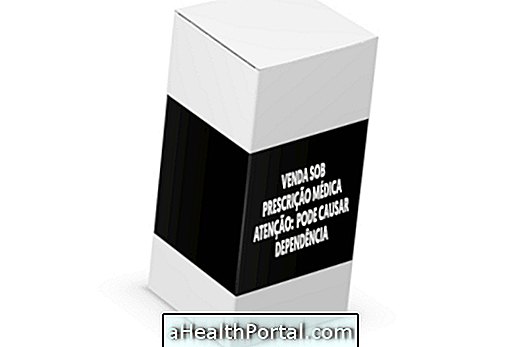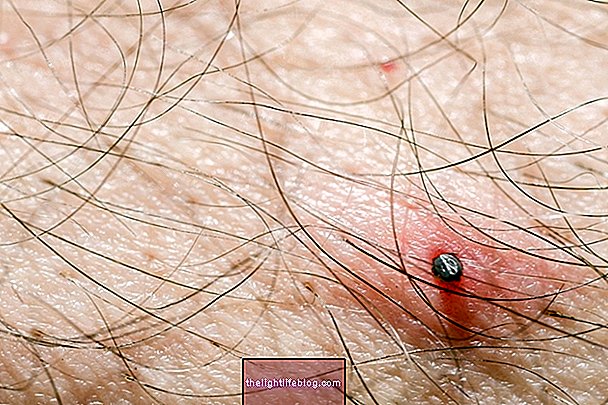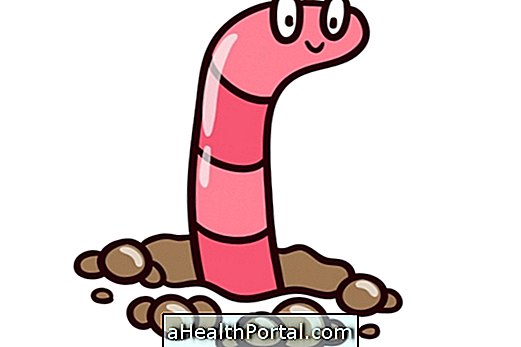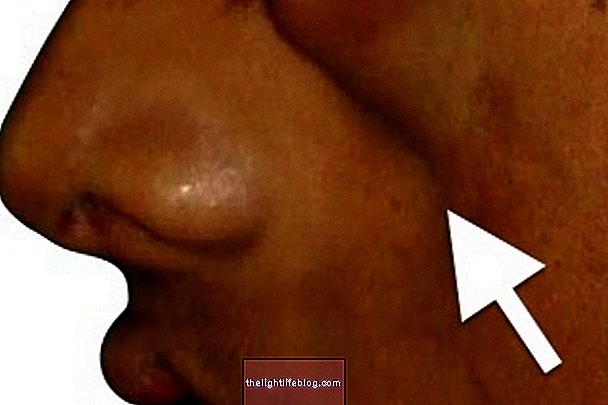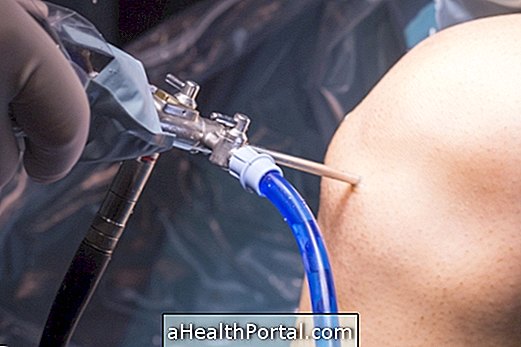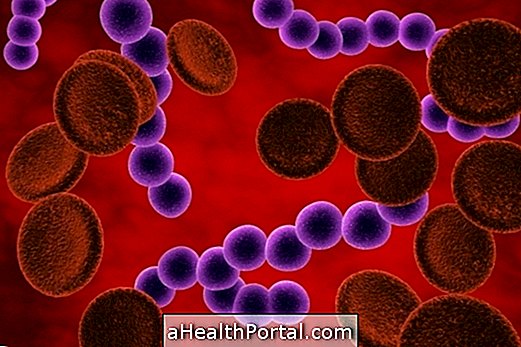Symptoms of sinusitis, which can also be called rhinosinusitis, occur when there is inflammation of the sinus mucosa, which are structures that surround the nasal cavities. In this disease, there is often pain in the face, nasal secretion and headache, although the symptoms may vary slightly according to the cause of the disease and the general health and sensitivity of each person.
In general, sinusitis is suspected when there are 2 or more of these symptoms:
- Pain in the face region, especially in the regions of the cheekbones, around the nose and around the eyes;
- Headache or on the face that gets worse when lowering the head or lying down;
- Nasal discharge and congestion, which may be white, yellowish or greenish;
- Cough, especially at bedtime;
- Fever above 38ºC;
- Bad breath, which worsens as other symptoms become more intense.
In the case of infants or young children, in order to know if there is child sinusitis, one should be alert to the presence of nasal secretions accompanied by signs such as irritability, fever, drowsiness and difficulty in breastfeeding, even for foods that she usually likes.
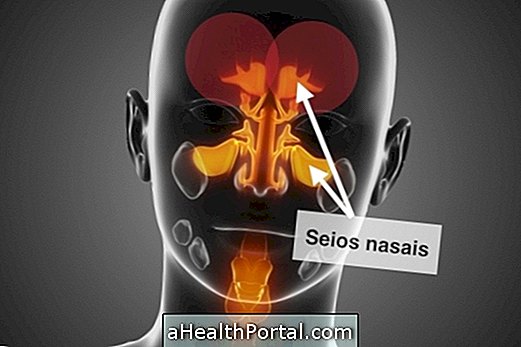
How to differentiate each type of sinusitis
The inflammation that causes sinusitis has several causes, such as:
1. Viral sinusitis
It happens most of the time, in about 80% of cases, due to a simple cold, and it appears in people with symptoms of runny nose, usually transparent or yellowish, but also can turn greenish.
This type of sinusitis causes lighter or more bearable symptoms and, when there is fever, it does not usually pass the 38ºC. In addition, viral sinusitis may be accompanied by other viral symptoms such as sore throat, conjunctivitis, sneezing, and blocked nose.
2. Allergic sinusitis
The symptoms of allergic sinusitis are similar to those of viral sinusitis, however, it happens in people who have had a recent crisis of allergic rhinitis, or who have been exposed to situations that usually cause sneezing and allergies in some people, such as cold, dry environment, clothes or old books, for example.
It is common for people who have an allergy crisis to have itchy nose and throat, frequent sneezing, and redness of the eyes.
3. Bacterial sinusitis
Sinusitis caused by a bacterial infection occurs in only 2% of the cases of this disease, and is usually suspected when there is fever above 38.5 ° C, severe pain on the face and purulent discharge from the nose and throat, or when symptoms, even if mild, persist for more than 10 days.
4. Fungal sinusitis
Fungal sinusitis is usually present in cases of people who have persistent sinusitis, which does not improve with treatment and with symptoms that drag on for a long time. In these cases, there may be a symptom only located in one region of the face, and usually does not cause other symptoms such as runny nose and fever.

Differentiation of causes is made by the physician after clinical evaluation and physical examination, however, as they are similar, it can be difficult to identify the exact cause.
There are also other rarer causes, such as tumors, polyps, strokes or chemical irritations, which should be suspected by the doctor in specific situations in these cases.
How is the diagnosis made?
To diagnose sinusitis, only the clinical evaluation of the general practitioner or otorhinolaryngologist is necessary. Tests such as blood tests, X-rays, and CT scans are not necessary but may be helpful in some cases where there is doubt about the diagnosis or cause of sinusitis. Learn more about the tests that can be done to confirm sinusitis.
According to the duration of infection, sinusitis can be divided into:
- Acute, when it lasts up to 4 weeks;
- Subacute, when it lasts between 4 and 12 weeks;
- Chronic, when the duration is greater than 12 weeks, with micro-organisms resistant to the treatment, that can extend for several years.
Acute sinusitis is the most common type; however, subacute or chronic sinusitis can occur in people who have antibiotic-resistant bacteria, because of repeated or incorrect use of this medication, or after periods of hospital admission or surgery, for example.
Chronic sinusitis can also occur in people who are prone to accumulation of secretions in the sinuses, by changes in the mucosa of the area, or by certain diseases that may thicken the mucus, such as cystic fibrosis.
What to do in case of sinusitis
In the presence of symptoms that indicate sinusitis, which are accompanied by fever, purulent secretion through the nose, and intense pain on the face, one should seek the care of the general practitioner or otorhinolaryngologist, who will recommend appropriate treatment for the disease.
Generally, if there are only cold symptoms or symptoms that improve with home care in up to 7 to 10 days, it is recommended to use medications to relieve symptoms such as painkillers, anti-inflammatories or corticosteroids, as it is probably treated of a viral or allergic sinusitis. Check out some recipes for natural sinus remedies that can help alleviate the symptoms.
However, if the symptoms are severe, if fever is present, or if they do not improve within 10 days, antibiotics such as Amoxicillin may be needed. Find out what are the main treatment options for sinusitis.

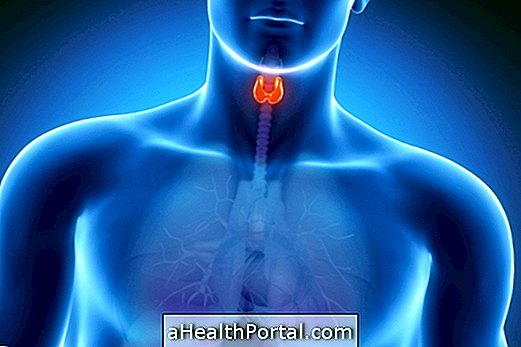
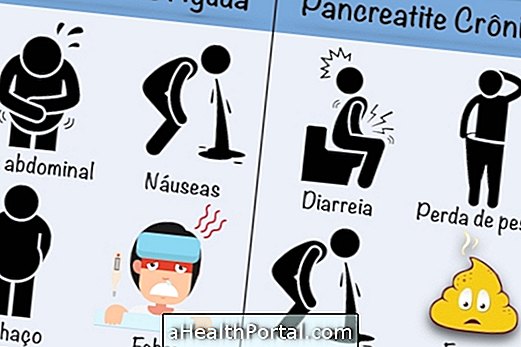
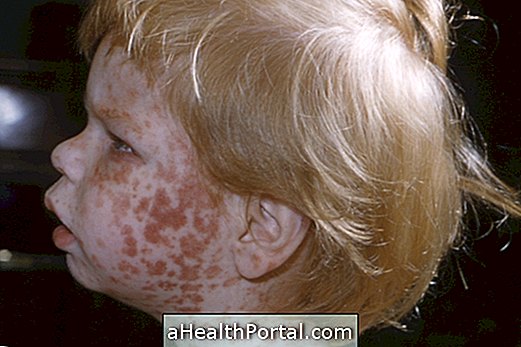


/como--feito-o-tratamento-para-coronavrus-(covid-19).jpg)

